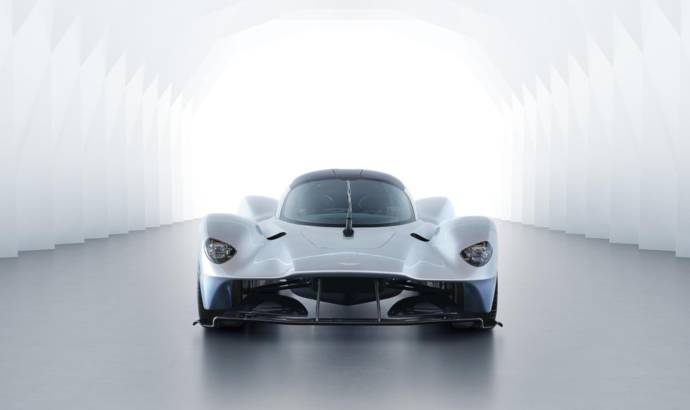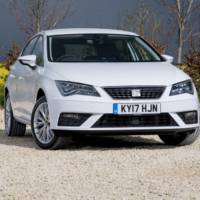Aston Martin continues to tease us with its Valkyrie supercar, a model that is set to rival a Formula 1 car on the circuit when it comes to lapping.
New informations announce that the teardrop-shaped cockpit’s upper body surfaces and lower tub contours follow the envelope of space available between the huge full length Venturi tunnels that run either side of the cockpit floor. Drawing huge quantities of air beneath the car to feed the rear diffuser, these tunnels are the key to generating the Aston Martin Valkyrie’s extraordinary levels of downforce while keeping the upper body surfaces free from additional aerodynamic devices.
To maximise interior space the seats are mounted directly to the tub, with occupants adopting a reclined ‘feet-up’ position reminiscent of today’s Formula One and Le Mans Prototype race cars. A four-point harness comes as standard, while an optional six-point harness will be offered for those who intend to do more track driving.
All switchgear is located on the steering wheel, with all the vital signs shown on a single OLED display screen. The steering wheel is also detachable, both to aid ingress and egress, and to serve as an additional security device.
Great attention has been taken with the glasshouse design to ensure forward and peripheral side-to-side vision is virtually uninterrupted. To avoid any unwanted aerodynamic disturbance or stylistic ‘clutter’ traditional door mirrors have been replaced by discreetly mounted rear facing cameras in each of the Aston Martin Valkyrie’s flanks. These feed two displays which are positioned at the base of each A-post to mimic the view provided by conventional door mirrors. The all-enveloping bodywork and roof-mounted engine air intake means there is no rear window, negating the requirement for a rearview mirror.
The headlights take inspiration from the pure functionality of a Formula One car’s components. Aston Martin’s designers stripped things back to the bare essentials, celebrating the engineering rather than concealing it behind cladding. With the low and high beam elements attached to an intricate exposed anodised aluminium frame not only are the headlamp units a work of art, but they are 30-40 per cent lighter than the lightest series production headlamps available to Aston Martin.
The same approach has been taken with the Aston Martin ‘wings’ badge that adorns the nose. With the regular badge considered too heavy, and a simple sticker not befitting for a car of the Aston Martin Valkyrie’s quality and cutting-edge nature, the Aston Martin Design Team came up with a chemical etched aluminium badge just 70 microns thick. That’s 30 per cent thinner than a human hair, and a remarkable 99.4 per cent lighter than the regular enamel wings badge. The badge (nicknamed the ‘lacewing’) is then attached to the painted body and covered with a perfectly smooth coat of lacquer.



